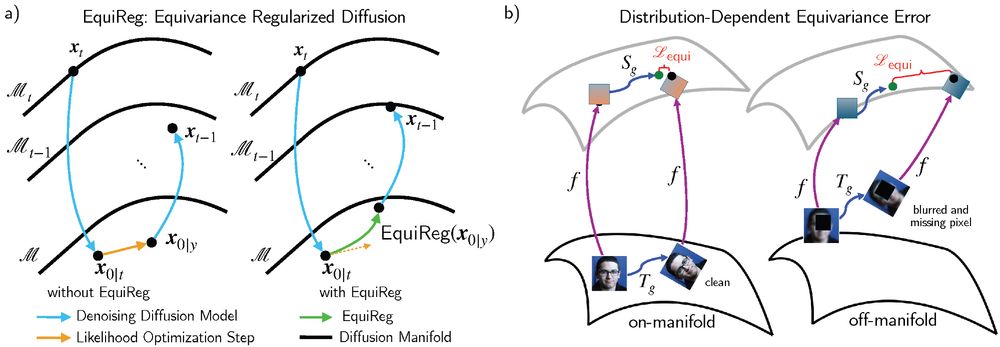Bahareh Tolooshams
@btolooshams.bsky.social
120 followers
78 following
78 posts
Assistant Professor @ualberta.bsky.social | Postdoc @caltech.edu | PhD from @harvard.edu | https://btolooshams.github.io
Posts
Media
Videos
Starter Packs
















